Retro Replay Review
Gameplay
Yume Meikyū: Kigurumi Daibōken’s gameplay strikes a unique balance between classic first-person dungeon crawling and whimsical, candy-coated aesthetics. Movement is tile-based and turn-based, evoking memories of retro titles yet streamlined for modern accessibility. Each step you take consumes an action, and every random encounter prompts a menu screen offering Fight or Escape. This pacing ensures that exploration feels deliberate, as you navigate pastel-frosted corridors and gingerbread archways rather than grim, mossy stone.
Combat unfolds through a tactical mini–interface where selecting Punch or Kick presents a body-targeting grid. You slide a fist or hoof icon onto an enemy’s weak spot—be it the stubby tail of a plush bunny or the chubby belly of a candy-coated bear—to deal extra damage. The Defend option reduces incoming harm, while Talent activates special abilities tied to the skins you’ve collected. Deciding between aggressive strikes and defensive postures adds a satisfying layer of strategy to each skirmish.
One of the game’s standout mechanics is the skin system. Defeated furry foes occasionally drop their pelts in cartoon-fluffy form, which you can take to a tailor shop and wear. Each skin alters your statistics—boosting strength, agility, or magical aptitude—and grants unique Talents, from taunting enemies to charm-inducing laughter. With up to six skins carried at once, outfitting your hero becomes an engaging puzzle: will you don the speedy fox pelt for dodging, or the sturdy bear hide for tanking hits?
Currency comes in the form of candy pieces scattered by vanquished creatures or hidden in chests. These treats allow you to purchase potions, health tonics, and advanced tailoring services at shops strategically placed on each dungeon floor. Ledger-style menus keep transactions simple yet immersive, maintaining the fairy-tale vibe while offering meaningful choices about inventory management and resource allocation.
Graphics
Visually, Yume Meikyū: Kigurumi Daibōken bursts with pastel hues and confectionery textures. Walls appear to be layered with strawberry icing, candy cane pillars spiral toward the ceiling, and the floor tiles resemble checkered cookies. This departure from the standard gothic dungeon motif instantly sets a lighter, more inviting tone, appealing to players who enjoy charming and imaginative art styles.
Character and enemy sprites are crafted with care, featuring cuddly, anthropomorphic designs that balance cuteness with personality. Rabbits with oversized ears, chipmunks wearing miniature armor, and mischievous squirrels brandishing acorn clubs come to life through subtle animations and expressive idle poses. Even in a turn-based environment, the world feels animated and full of character.
While the engine sacrifices high-definition textures for a deliberately retro presentation, the crisp pixel art and bright color palette ensure clarity of navigation and readability in fast-paced dungeon corridors. Spell effects shimmer like sprinkled sugar; healing potions glimmer like miniature lollipops. This cohesion between art direction and gameplay mechanics enhances the overall mood, reinforcing the notion that you’re wandering through a sugary dreamscape rather than a foreboding cave.
Menus and interface elements are equally well-designed, using elegant pastel borders and candy-themed icons to maintain consistency. Health bars resemble gummy worms, and action icons for Punch, Kick, and Talent are shaped like cookie cutters. These small touches demonstrate the developers’ commitment to a cohesive visual experience from start to finish.
Story
The narrative of Yume Meikyū unfolds around a young boy plagued by nightly visions of a distant realm called Enderia. Each dawn, he awakens haunted by a gentle voice begging for help. As the tale progresses, you learn that Enderia’s queen and her daughters have been kidnapped by the malevolent demon Akuma, whose reign has plunged the kingdom into chaos. This simple yet emotionally resonant premise provides genuine motivation to delve deeper into the labyrinth.
Story beats are delivered through occasional cutscenes and text prompts between dungeon levels. While the dialogue remains concise, it conveys a sense of urgency and wonder. The boy’s journey is framed as both a hero’s quest and a personal coming-of-age story: he grows braver with each rescue and learns the meaning of responsibility. The dreamworld framing device allows for whimsical detours—tasty environments, fantastical beasts—without undermining the stakes of the rescue mission.
Subplots involving the kidnapped princesses add emotional depth. Brief conversations after each rescue reveal their distinct personalities: the scholarly eldest daughter who offers new spells, the headstrong middle child who teaches combat techniques, and the whimsical youngest who provides hints about hidden treasures. These narrative rewards feel earned, fostering attachment to Enderia’s royal family and making Akuma’s defeat all the more satisfying.
The final showdown against Akuma ties together gameplay and story, requiring you to apply combat strategies learned throughout the game while witnessing the culmination of your efforts to restore harmony. Even after credits roll, the dream motif leaves room for epilogues and replayable challenges, suggesting that the boy’s adventure may not be over just yet.
Overall Experience
Yume Meikyū: Kigurumi Daibōken delivers a delightfully refreshing take on the dungeon-crawler genre. Its fusion of strategic, turn-based combat with a vibrant candy-themed world makes for an adventure that’s both accessible and deep. Whether you’re collecting skins to tweak your build or mapping out each maze-like floor, there’s always another whimsical secret waiting around the corner.
The game’s pacing strikes a comfortable middle ground: enough challenge to satisfy series veterans, yet clear tutorials and intuitive menus ensure newcomers won’t feel overwhelmed. Random encounters remain frequent enough to keep tension high, but the option to escape preserves player agency. Balance is maintained throughout, from the difficulty curve to resource management in shops.
While the story is straightforward, it carries genuine emotional weight through character interactions and a consistent tone. The dreamworld narrative lets the developers indulge in playful design choices without detracting from the hero’s quest. Each rescued princess feels like a milestone, and by the time you face Akuma, you’re truly invested in Enderia’s fate.
Ultimately, Yume Meikyū: Kigurumi Daibōken is a charming, well-crafted dungeon crawler that offers both nostalgic appeal and fresh, sugar-laden innovation. Fans of classic first-person adventures, strategic turn-based combat, and enchanting fantasy worlds will find plenty to love—and perhaps a few skins to add to their collection along the way.
 Retro Replay Retro Replay gaming reviews, news, emulation, geek stuff and more!
Retro Replay Retro Replay gaming reviews, news, emulation, geek stuff and more!
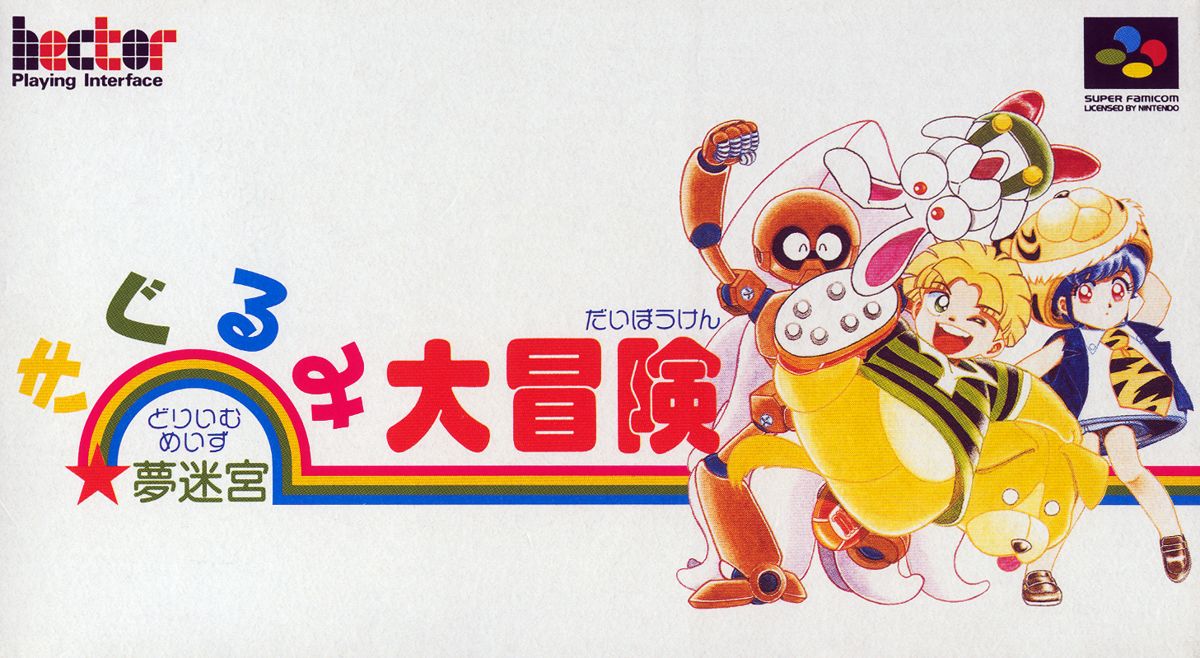
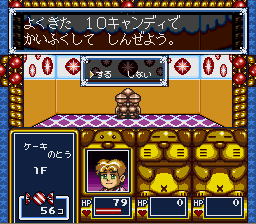
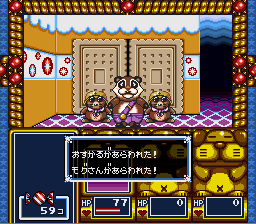
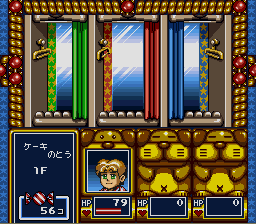

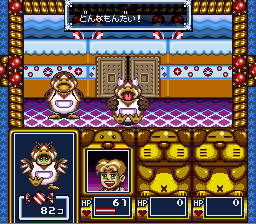
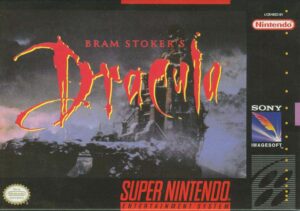


Reviews
There are no reviews yet.